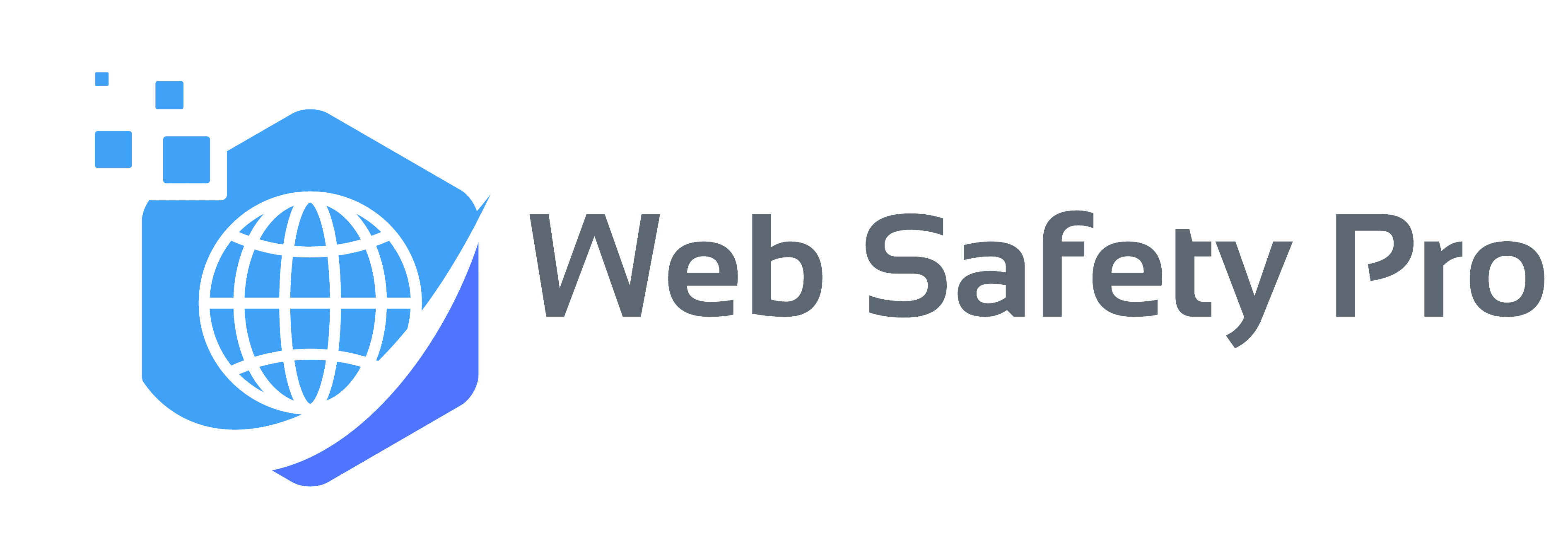In today’s fast-paced digital world, Keep Your Software Updated is crucial for maintaining the security and efficiency of your devices. This article will explore why updating your software is essential, how to do it, and the potential risks of neglecting updates.
Why Keep Your Software Updated is Important?
- Security Improvements
One of the primary reasons to update software is to enhance security. Developers frequently release updates to fix vulnerabilities that hackers may exploit. By keeping your software updated, you can protect your personal information and sensitive data from unauthorized access. For instance, outdated operating systems can be particularly vulnerable to malware attacks. - Bug Fixes
Software is complex and can often contain bugs. These bugs can lead to crashes, errors, or other unexpected behaviors. Updates typically address these issues, leading to a more stable and reliable user experience. Regularly updating your software can help you avoid frustrating problems that may hinder your productivity. - New Features and Improvements
Software updates often come with new features and improvements that can enhance your experience. Whether it’s a new interface, added functionality, or improved performance, staying updated allows you to take advantage of the latest advancements. This can lead to increased efficiency in your daily tasks. - Compatibility
As other software and hardware components evolve, compatibility issues may arise. Keeping your software updated ensures that it can work seamlessly with other programs and devices, reducing the likelihood of conflicts and errors.
Common Software Types That Require Updates
Several types of software need regular updates. Here’s a breakdown:
| Software Type | Example | Update Frequency |
|---|---|---|
| Operating Systems | Windows, macOS, Linux | Monthly or bi-monthly |
| Web Browsers | Chrome, Firefox, Safari | Every few weeks |
| Antivirus Software | Norton, McAfee | Weekly or bi-weekly |
| Applications | Microsoft Office, Adobe Creative Suite | Varies (usually as needed) |
| Mobile Apps | iOS, Android apps | Monthly or as needed |
| Device Firmware | Routers, smart devices | Varies (usually quarterly) |

“If you think you know-it-all all about cybersecurity, this discipline was probably ill-explained to you.”
― Stephane Nappo
How to Keep Your Software Updated
Keeping your software updated is easier than you might think. Here are some steps to help you stay on top of updates:
- Enable Automatic Updates
Many software programs offer the option to enable automatic updates. This feature allows your software to download and install updates automatically, ensuring you’re always running the latest version. To enable automatic updates, check the settings in your software or device. - Regularly Check for Updates
Even with automatic updates, it’s good practice to check for updates regularly. You can do this by navigating to the “Settings” or “Help” menu in the software. Many applications have a “Check for Updates” option that you can click to see if any new updates are available. - Use Update Management Tools
There are various update management tools available that can help you keep all your software up to date. These tools can scan your device for outdated software and provide notifications or automatic updates for multiple programs at once. - Stay Informed
Subscribe to newsletters or follow the official websites of the software you use. This way, you can stay informed about new updates, features, and security patches.
The Risks of Not Updating Software
Neglecting software updates can expose you to various risks:
- Increased Vulnerability to Cyberattacks
Hackers often target outdated software to exploit known vulnerabilities. Failing to update your software can leave you susceptible to malware, ransomware, and other cyber threats. - Poor Performance
Outdated software can lead to decreased performance, crashes, and errors. This can hinder your productivity and lead to frustration. - Compatibility Issues
As mentioned earlier, neglecting updates can result in compatibility problems with other software and devices. This can create obstacles in your workflow and limit your ability to use new technologies. - Loss of Support
Software vendors often stop supporting older versions of their products. This means that if you encounter issues, you may not receive help or updates to fix them. Using outdated software can leave you in a difficult position if problems arise.
Keeping your software updated is essential for maintaining security, performance, and compatibility. By understanding the importance of updates and following simple steps to stay updated, you can protect yourself from potential risks and enjoy a smoother, more efficient computing experience. Regular updates are a small effort that can have a significant impact on your digital life. So, make it a habit to check for updates and enable automatic updates whenever possible. Your devices and data will thank you for it!













